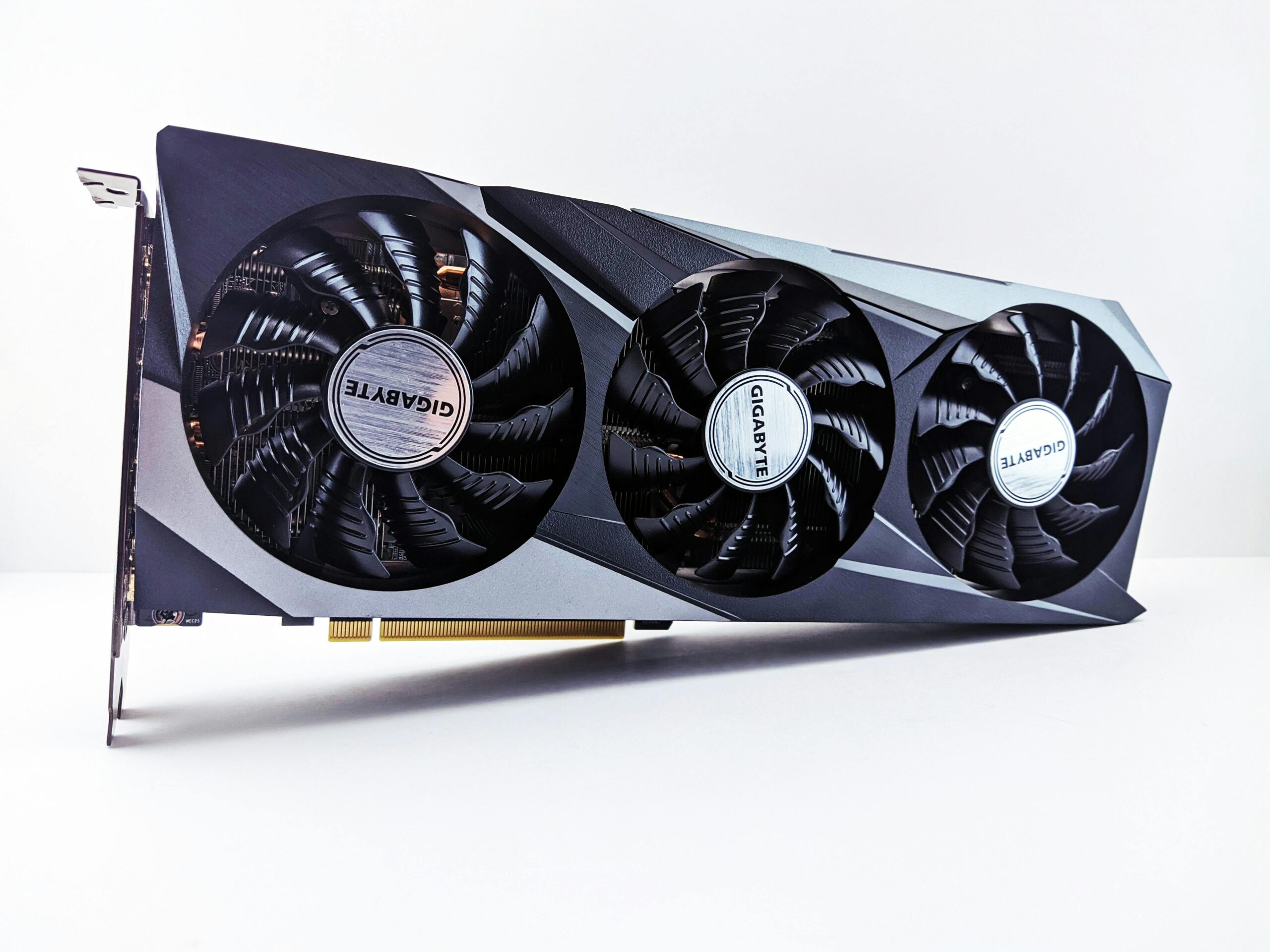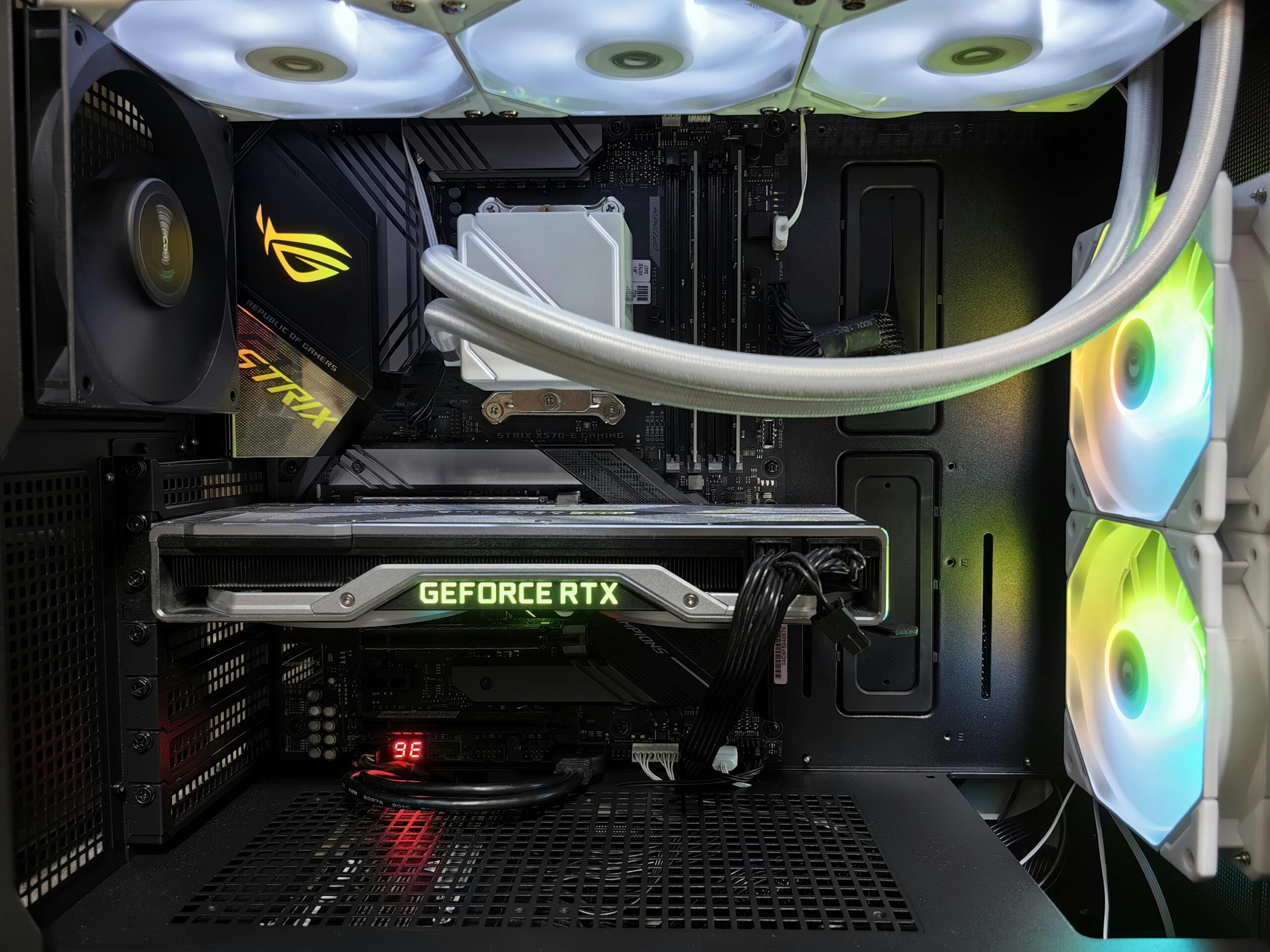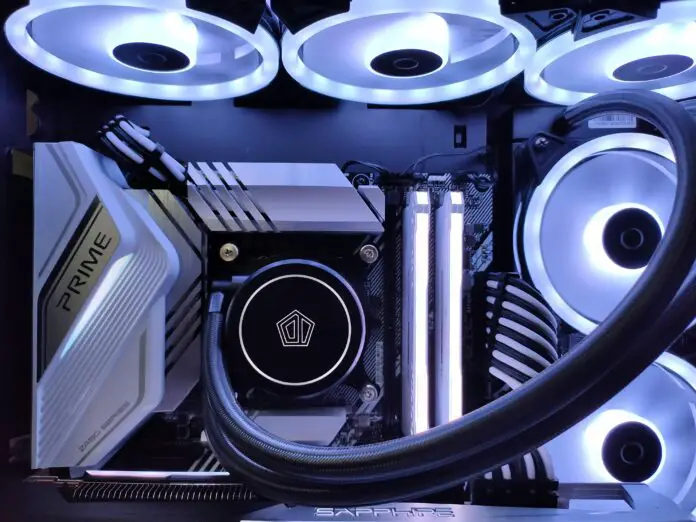Contents
Graphics card testing is a process that measures the graphics performance of a computer. Tests often include 3D graphic scenes and intense visual effects. The main purpose of the test is to evaluate the rendering capacity, heating status and overall performance of the graphics card. Users can measure their computer’s graphics capabilities by running the testing program of their choice. Test results are typically presented with metrics such as FPS (Frame Per Second), graphics memory usage, and temperature. Users can optimize performance by understanding the power of their graphics cards with programs.
What is Graphics Card Test?
Graphics card Test is a process to evaluate the graphics performance of a computer or gaming system. These tests; It aims to measure how efficiently graphics cards work during computer games, graphic design applications or general computer use . The graphics card stress test evaluates graphics performance by checking the hardware’s drivers and compatibility. Intensive with 3D graphics, the tests measure the rendering capacity and speed of the graphics card. It also determines the overall performance of the graphics card by taking into account factors such as memory bandwidth, pixel speed and graphics memory usage. These tests provide users with guidance on understanding the limits of graphics cards, comparing their performance and getting the best graphics experience.

Why Should You Perform a Graphics Card Test?
Graphics card testing is an important step for a computer user because graphics performance is a determining factor during games, graphic design applications and even general computer use. These tests evaluate the performance of the graphics card while checking its hardware and software compatibility. Thanks to graphics card performance testing, users can understand their computer’s graphics capabilities, identify potential limitations, and make decisions about upgrading or replacing when necessary.
For gamers, the performance of the graphics card in games is critical. Therefore, regular testing, using up-to-date graphics drivers and compatible hardware is important to ensure the best gaming experience. Graphics card testing is an indispensable tool for users who want to improve the overall performance of their computer parts and comply with current technology standards.
When Should Graphics Card Tests Be Done for a Healthy Computer?
In order to ensure the sustainable performance of a healthy computer and to detect possible problems in advance, the graphics card health test should be performed at certain intervals. Computer users, especially those who frequently use graphics-intensive applications or games, should perform graphics card tests regularly. In addition, when the operating system or video card drivers of gaming computers are updated or a new installation is made, a significant decrease in computer performance may be felt. In such cases, it is recommended to test the graphics card. These tests are an important tool for checking the driver compatibility of the video card, detecting potential errors and evaluating graphics performance. Thus, users’ video card fault detection can ensure that the computer operates healthy and with optimum performance.
Unleash the Graphics Power: How to Test a Graphics Card?
It is very important to perform a graphics card processor compatibility test to discover the graphics power and evaluate the performance of your computer. To do this, the first step you need to take is to choose a suitable program. Popular options include 3DMark, Heaven Benchmark, and FurMark. After downloading and installing the program of your choice, you can measure the graphics performance of your video card by starting the test.
During testing, you will encounter various graphic scenes and intense visual effects. These images allow you to evaluate the rendering capacity and overall performance of the graphics card. Test results are presented with a variety of performance metrics and scores so you can see the power of your graphics card in numbers.
Graphics card tests are useful for getting better performance and detecting potential problems in graphics-intensive applications such as computer games, graphic design or video editing. With graphics card bottleneck testing, it helps you achieve the best performance for your needs by unleashing the graphics power of your computer.

What should be taken into consideration when testing a graphics card?
Paying attention to some important factors when testing a graphics card is critical to making accurate assessments and optimizing your computer’s graphics performance. Important factors to consider when testing a graphics card are:
- Reliable Program Selection: It is important to choose known and reliable graphics card testing programs. Popular tools such as 3DMark, Heaven Benchmark, FurMark usually provide reliable results.
- Thermal Check: It is important to monitor the condition of the computer during the graphics card temperature test. Tests requiring high performance may cause the graphics card to overheat.
- Stability Check: If any crashes, graphics errors or performance drops are observed during testing, this may constitute a problem and need to be resolved.
- Evaluation of Test Results: If you are considering optimizing your graphics card based on the test results, it will be useful to pay attention to the recommendations and settings offered by the program used.
Graphics card tests performed by paying attention to these factors help you accurately evaluate the graphics performance of the computer and detect possible problems in advance.
Does Graphics Card Test Harm the Computer?
Generally, properly performed graphics card tests will not harm your computer. Some situations and misuse may cause potential risks. For example, your graphics card may be damaged in case of overheating. Therefore, it is important to monitor the temperature of the computer while running the tests.
It is important to use reliable and known graphics card testing programs. Software downloaded from unknown or untrusted sources may contain malware that can harm your computer.
When the right programs are used and the temperature of the computer is monitored, graphics card tests can usually be done safely. In case of any doubt, the safest approach would be to seek professional help or use testing tools recommended by the manufacturer.

Analysis and Measurement: How to Evaluate Graphics Card Testing?
Accurately analyzing and measuring graphics card test results is an important step for computer users. It is necessary to understand the metrics offered by the program in which the test is performed. These metrics typically include performance measurements such as average frame rate (FPS), graphics memory usage, latencies, and more. Graphics card FPS test; It is a critical factor in determining performance in games and graphics-intensive applications.
Another important measurement is the temperature of the graphics card. High temperatures during testing may require reviewing the cooling system or considering extra cooling solutions. Negative situations such as graphics errors, crashes or performance drops should also be taken into account and these situations should be evaluated according to the graphics card speed test results.
Evaluating the results guides the computer user in understanding the power and stability of the graphics card and any potential problems. This evaluation is important to optimize video card settings or troubleshoot problems if necessary.
What should be the temperature of the graphics card?
The graphics card temperature should generally be kept within a certain temperature range. This range may vary depending on the video card model and usage conditions. In general, it is considered normal for the graphics card temperature to be between 30 and 40 degrees when idle. During intensive graphics operations, this temperature may increase, but generally remains within safe limits.
Ideally, the graphics card temperature should be kept between 80 and 85 degrees. This temperature range prevents damage to the card while ensuring continued performance. Some graphics card models or gaming applications can withstand higher temperatures.
Users can use special software or tools provided by the card’s manufacturer to monitor the graphics card temperature. They can check the temperature status with a graphics card gaming test and take cooling measures when necessary. It is important to pay attention to the temperature of the graphics card, especially when working under long-term load.


